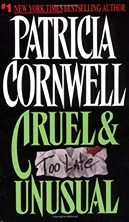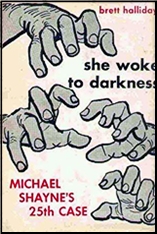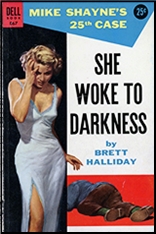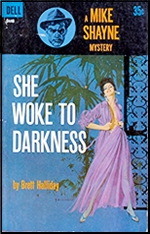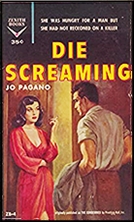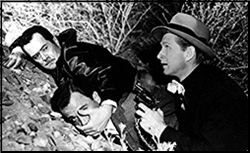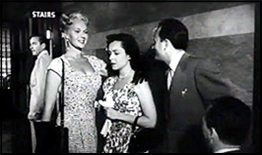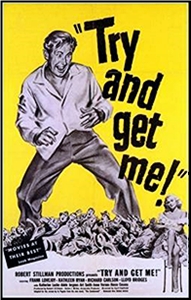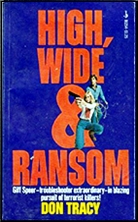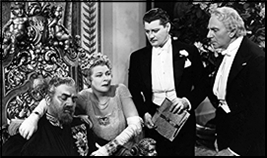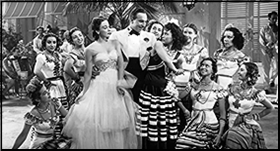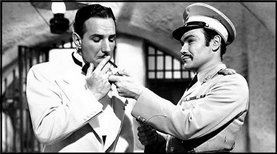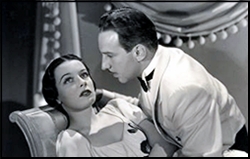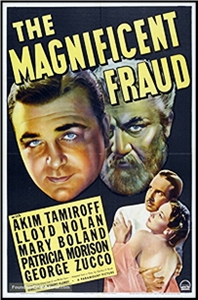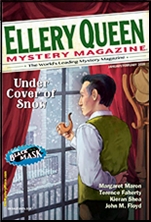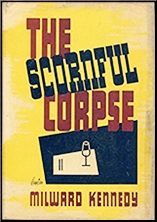Sat 25 Jul 2020
FLYNN or BARRYMORE? Two DON JUAN Movies Reviewed by Dan Stumpf.
Posted by Steve under Films: Drama/Romance , Reviews[5] Comments
REVIEWED BY DAN STUMPF:
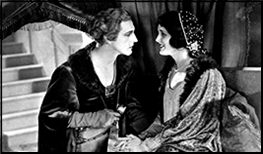
DON JUAN. Vitaphone/Warners, 1926. John Barrymore, Mary Astor, Warner Oland, Estelle Taylor, Montagu Love and Nigel de Brulier. Screenplay by Estelle Taylor. Directed by Alan Crosland.
THE ADVENTURES OF DON JUAN. Warners, 1948. Errol Flynn, Viveca Lindfors, Robert Douglas, Alan Hale, Romney Brent, Robert Warwick, Una O’Connor and Raymond Burr. Screenplay by Herbert Dalmas, George Oppenheimer, William Faulkner, and Robert Florey. Directed by Vincent Sherman.
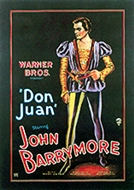
Errol Flynn and John Barrymore were close friends and legendary drinking buddies in life, whose paths twice crossed professionally: Flynn’s portrayal of Barrymore in the turgid biopic TOO MUCH, TOO SOON (Warners, 1958) won praise from critics who panned the rest of the film, and he himself said, “I wanted to show a man with a heart, a man eaten up inside — as I knew him to be in those final days when I was close to him.â€
Ten years earlier, when Warners decided to remake Barrymore’s DON JUAN, Flynn was the natural—indeed, the only—choice for the part. Under Vincent Sherman’s workmanlike but uninspired direction, it emerged as a gaudy but oddly lifeless affair, with footage “borrowed†from ROBIN HOOD and THE PRIVATE LIVES OF ELIZABETH AND ESSEX, and Flynn visibly tired of the whole swashbuckling-lover act. The supporting players do what they can, a phalanx of writers throw in some witty lines, and stuntman Jock Mahoney even recreates Barrymore’s staircase leap from the earlier film, but on the whole the tale of swordplay and palace intrigue seems profoundly shallow.
In contrast, the original DON JUAN is an altogether more personal and livelier effort. Barrymore’s first appearance as the legendary lover doesn’t come till twenty minutes into the film, after an extended prologue featuring the star as Don Juan’s father, betrayed by his wife, who entombs her lover in a wall, then devotes himself to wine and women till he’s murdered by a discarded mistress and leaves his son with a parting dictum never to give love; only take it.
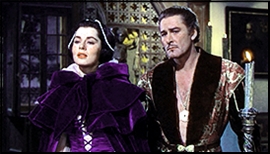
Prologue over, Barrymore makes a light-hearted entrance as Don Juan, skillfully manipulating two ladies at his door while a third slips out his bedroom window. Very soon after, he runs afoul of the Borgias: Warner Oland as Cesare (“We Borgia approve of cleverness in our friends – we have no clever enemies!â€) and Estelle Taylor as a predatory Lucrezia. It seems the toxic siblings plan to poison Mary Astor’s dad and marry the girl off to barely-civilized Montagu Love, but Juan/John squelches the cyanide, then beats the lustful bridegroom in one of the finest swordfights ever in the Movies: imaginatively conceived and cleverly edited, it ends with an impressive swan dive down a flight of stairs, so good it was repeated in the later film.
There’s a lot more plot of course, but one aspect of this thing intrigues me. Early on, as I said, Don Juan’s father seals his wife’s lover up in a wall, and sets his son on a path of loveless and rather misogynistic pleasure. Later on, imprisoned by the Borgias, Juan takes down a wall to escape … and on the other side he finds an erstwhile victim: the husband of a woman he seduced, who went mad with jealousy and murdered his wife. In a surprising twist, the madman forgives and helps Juan escape so he can rescue Mary Astor etc. etc.
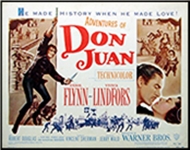
Okay, if we can divorce the whole “Wall†thing from the current political climate, it becomes a striking metaphor for our hero’s psyche. The wall his father built entombed a philanderer and became a barrier that kept the legendary lover from actually loving anyone. It is only when he destroys a wall that Don Juan finds forgiveness and becomes capable of love.
The screenplay never spells this out—Thank Gawd!—but it adds a special depth to DON JUAN that THE ADVENTURES OF DON JUAN never achieved… or even attempted.

